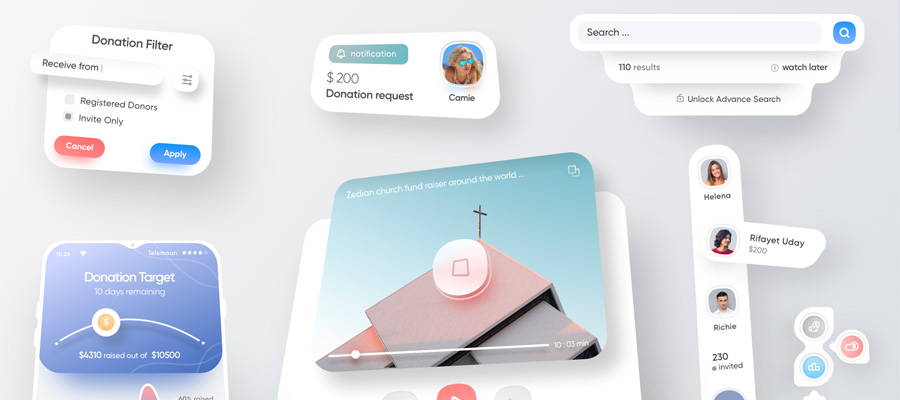As a business owner on the web, you need to pay attention to UX. UX, or User Experience, encompasses everything a consumer thinks, feels, and does when interacting with a company and its services. It’s been an integral part of customer service and engagement for as long as consumers have been making purchases, but due to the virtual nature of online interactions, it becomes even more important in eCommerce.
When creating your company website, whether brand new or a refresh of the existing one, UX needs to be a top priority. Effective UX design creates a positive experience for visitors and potential customers, helping them find the information or products they’re looking for easily and quickly, and ensuring that you don’t lose sales or memberships in the process.
Like several other aspects of website development and design, integrating UX can be quite technical. However, there are several things that you, as a website owner, can implement from day one to ensure UX best practice across the board.
Let’s take a look.
Know and Understand Your Audience
It may seem like an obvious tip when creating a website, but it’s imperative that you have a good understanding of who your audience is and what their specific needs and goals will be when visiting your site.
Designers will often create user personas, which are essentially two or three archetypes of your typical customers or clients. Each user will have a reason for visiting your site and a problem that they want to solve – their pain points.

Solarius Website by Halo UI/UX
Once you have a clear idea of who your audience is and the issues they need help with, this will inform everything that makes up the design of your site, from colours and layout to the written content you’ll feature.
Cloud Management Software experts, Qualio, have got user-centric design nailed. A quick glance at their homepage shows key messaging that reflects the problems customers will be experiencing and offers a simple and effective solution.
Remember Websites Are Scanned, Not Read
Rare is the user who will read everything a company puts on its website. In this superfast digital age when consumers needed answers five minutes go, the people who visit your site just won’t stick around to read pages and pages of content if they can’t get the gist of what you offer by scanning it.
Making your page scannable, with carefully selected visuals, infographics and compelling copy, will appeal to your audience. You want to lead with your key elements; placing those all-important features and information about your products and services in prominent positions will draw attention to them and encourage users to engage and interact with the rest of your site.
Take a look at streaming giant Hulu’s website for a great example of scannable content that leads with key features.
Improve UX with Customisable Features
Clarity and simplicity is the mantra for designing a website, however, if your website asks users to create an account to interact with content, you’ll need to give them something extra.
If your business runs a membership site, offering customisable interfaces for your users will elevate their online experience and foster brand loyalty. Customisable features allow users to tailor exactly what they want to see and when, ensuring that they only see information that’s relevant to them and increasing the level of satisfaction they feel when interacting with your site.
Recently, leading iGaming brand unveiled a brand-new client-side interface that allows gamers to organise links, feeds, social streams and more for a completely personalised experience.
UX Features You Can’t Do Without
So far, we’ve focused on tips to keep in mind when designing your site from your target audience’s point of view. It’s important that you provide a great user experience across the board for every visitor to your site, even if they don’t engage with your calls to action on that particular visit. A site that is easy to use, clear, and responsible is one that ticks all UX boxes and will encourage repeat visits.
To achieve this, here are 5 UX features you can’t do without when creating your new website:
- Clear and visible contact info, including links for webchat and social media profiles
- An easy to use search tool accessible from all the pages on your site
- Fast page loading speeds
- Clear and informative opt-in forms
- Responsive web design across laptops, tablets, and smartphones




















